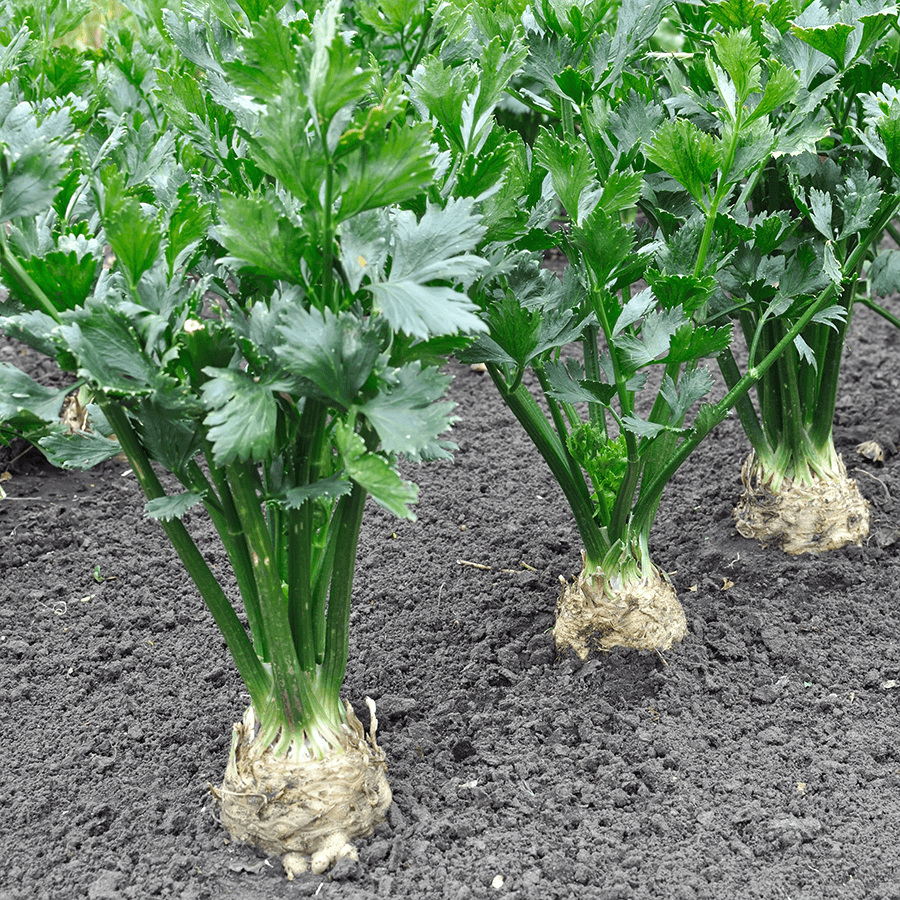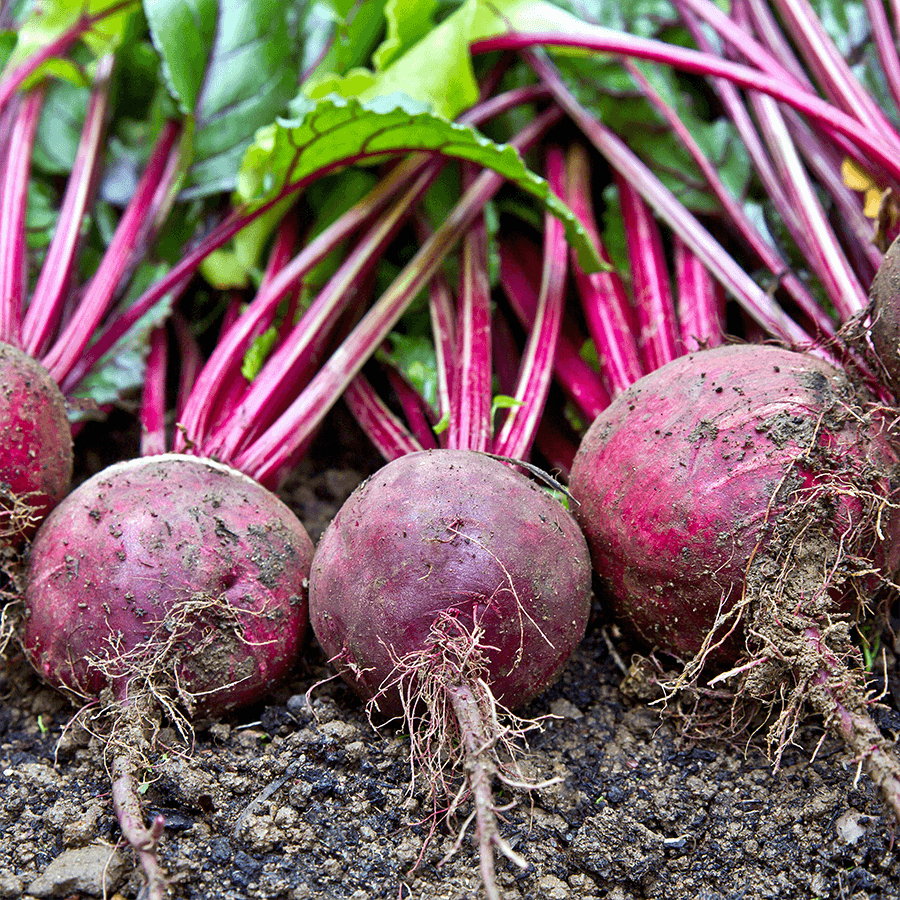Delicious roots for cold days
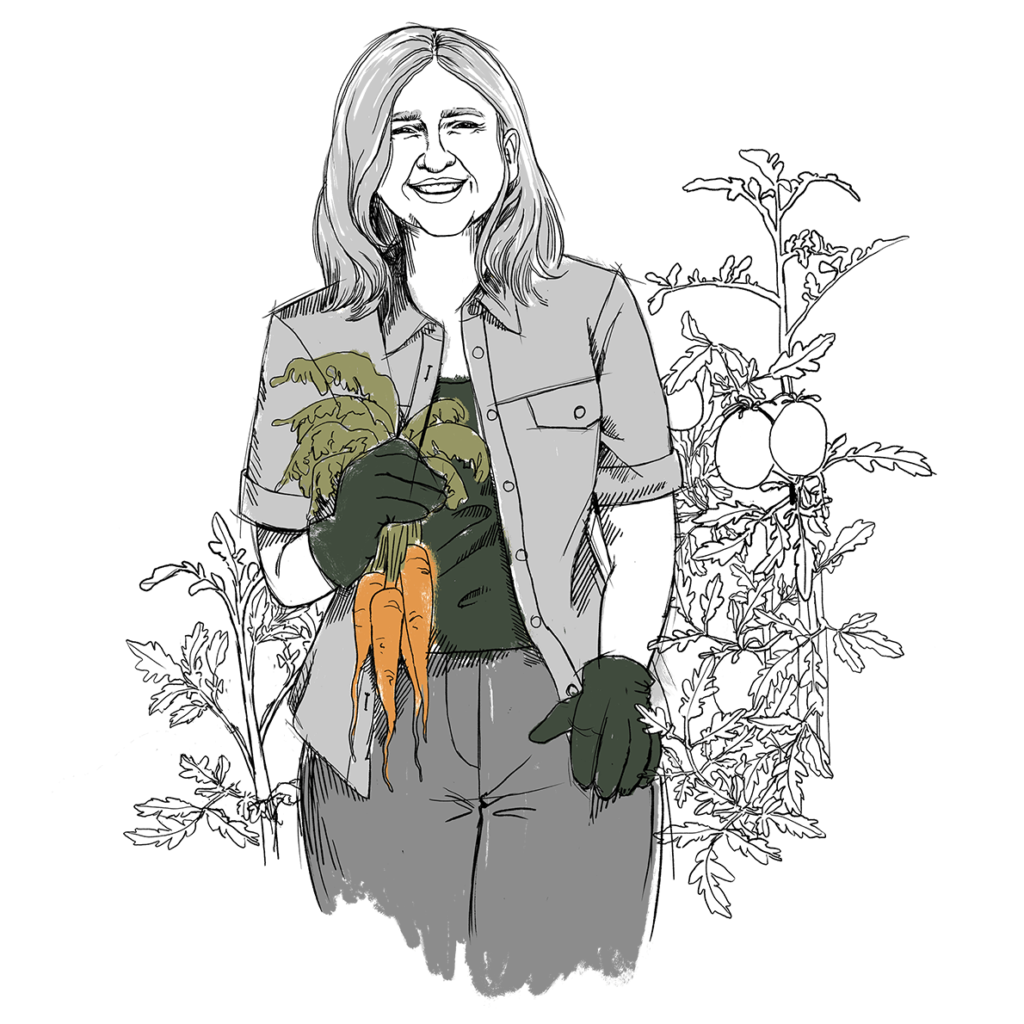
In autumn the days get shorter and the nights cooler – maybe you have already switched on the heating. In the garden the harvest of cucumbers and zucchini is slowly over, even the last tomatoes taste boring. Those vegetables that we love so much in the summer seem to no longer fit into our menu.
And rightly so: tomatoes, cucumbers, zucchini, eggplants and salads, but also herbs such as basil, mint or sage cool the body and literally ease many hot summer days.
When it gets colder: warm yourself with warm root vegetables
As if nature had arranged it directly for us humans, root vegetables warm you on cool days, strengthen your immune system and thus protect you from infectious diseases.
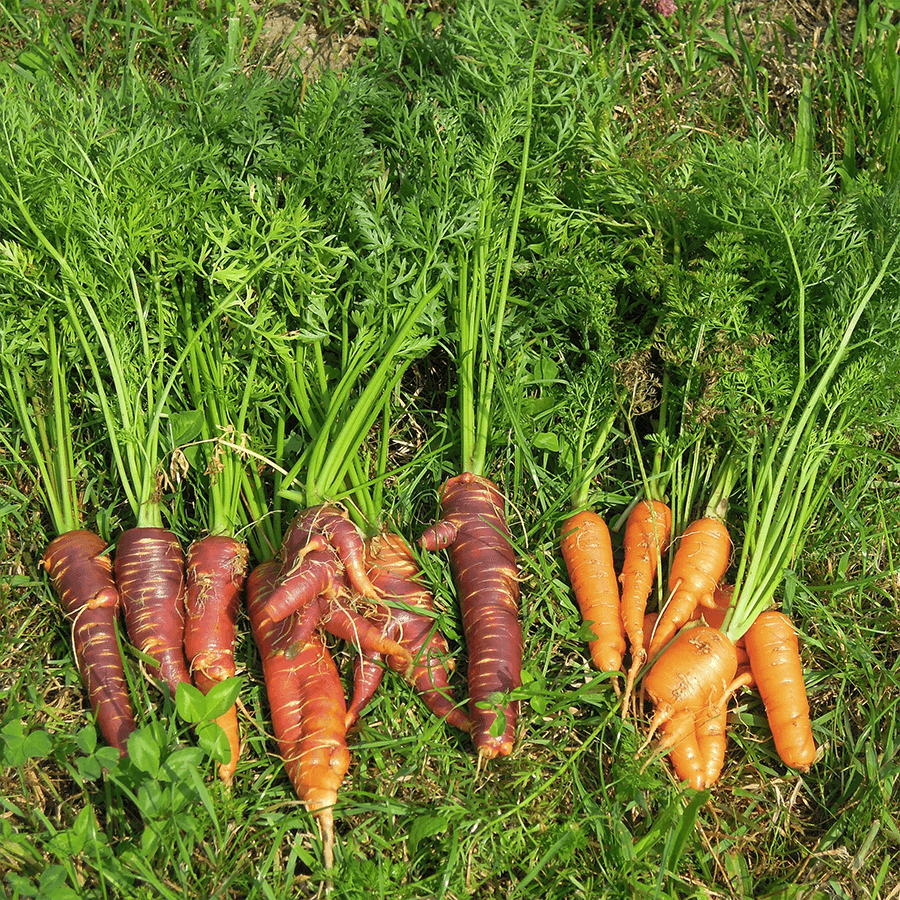
Unlike the fruit vegetables mentioned above, root vegetables have another great advantage: the cooler it gets, the more tasty and nutritious the roots become. Because as temperatures drop, they store all the substances (sugars, proteins, …) collected in summer in their roots and tubers to protect themselves from frost and cold in winter.
In winter? In frost and cold? You read that correctly, because most root vegetable species are biennial and survive every winter without problems. Their harvest is therefore not only possible in summer and autumn, but even throughout the whole winter.
So what could be more natural than to cook for yourself on cold days with warm soups, puree or oven vegetables directly from your garden.
Species-rich and original
By the common term root vegetables we mean all those types of vegetables whose roots or at least parts of roots we use in the kitchen. The best known are carrots, root parsley, yellow beets and celery – the classic vegetables for warm winter soups. Somewhat more unusual are parsnips, black salsify and skirret. You can also count red beets, stubble beets, and radishes among the root vegetables in the broadest sense, although these vegetables are more like turnips. Also the samen-maier.at/en/produkt/organic-celery-monarch/ is – botanically correct – a turnip. Its thickened, round body consists of both roots and parts of the stem.
Besides the red beet, celery is also botanically a beet. This is because the tuber consists of root and stem parts.
Many types of root vegetables have been used in Europe since the Neolithic Age. Their wild ancestors were either directly native to Europe or came to us in the course of migrations from Asia and southern Europe. Even before agriculture was practiced, people collected roots and thickened tubers. But it was not until the early Middle Ages that root vegetables (along with a few other types of vegetables) were cultivated in vegetable gardens in monasteries.
How to grow root vegetables successfully
Prepare a soft bed for the vegetables
For the roots it goes quite deep. Or at least it should, because the softer and deeper the soil is, the straighter and longer the root vegetables grow. The ideal soil is unfortunately not available in many gardens. Either the soil is too heavy, i.e. loamy to clayey, or, which is much more often the case, it is compacted by construction machinery from house building. In many, especially smaller terraced house gardens, simply excavated earth or building rubble was heaped up and covered with a thin layer of humus soil. The roots then become short, crooked or split when they hit stones. But don’t worry, with a few measures you can harvest beautiful carrots and co. even on poorer soils.
Compacted soils should be loosened deeply. Use a digging fork, it is less strenuous than using a spade and you don’t disturb the soil layers.
If the soil is bad or rubble, it is best to put your bed up high. Build a frame, e.g. from wooden slats or metal edges about 20 cm high around your bed and fill it with compost and fresh soil.
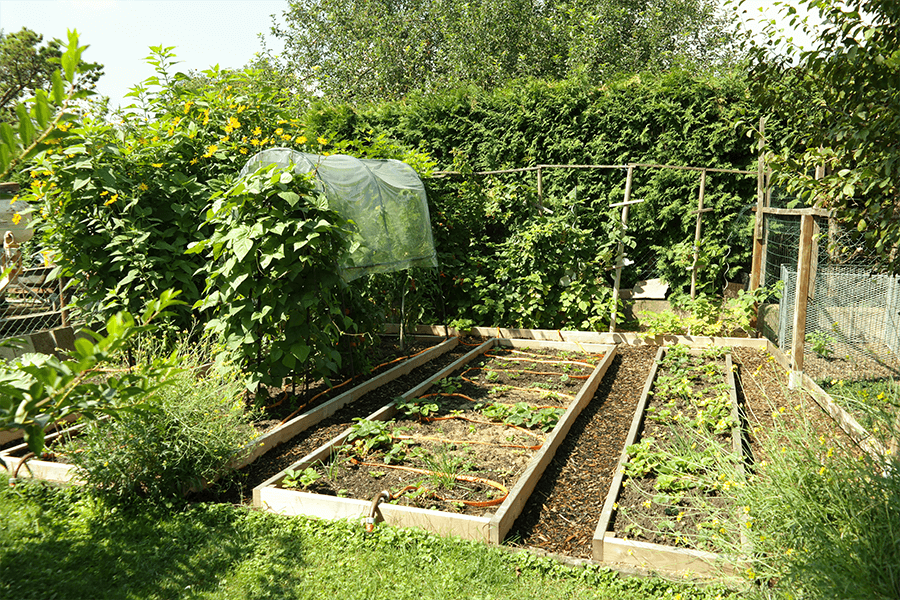
Sustainably you build up a good soil with area composting – it becomes deeper and more fertile.
If you are one of the happy raised-bed gardeners, that is the best place for the root vegetables. Due to the loose filling, the roots grow straight and undisturbed into the depth – cultivation and harvesting succeed without problems.
Root vegetables are a middle-eater, the soil should be rich in nutrients, but not freshly fertilized. Layed compost or a good organic soil in a bed or raised bed is ideal.
But now out into the bed with carrots, parsnips and co
Most root vegetable species are sown directly as seeds in the bed or raised bed. Only celeriac is better if you use it as a young plant.
The seeds are very small, especially in carrots, root parsley and yellow beets. Sow these vegetables finely so that the roots do not hinder each other later. To be on the safe side, use a seed tape, here the seeds are already placed at the right distance. You just have to place the tape further into the soil and water it.
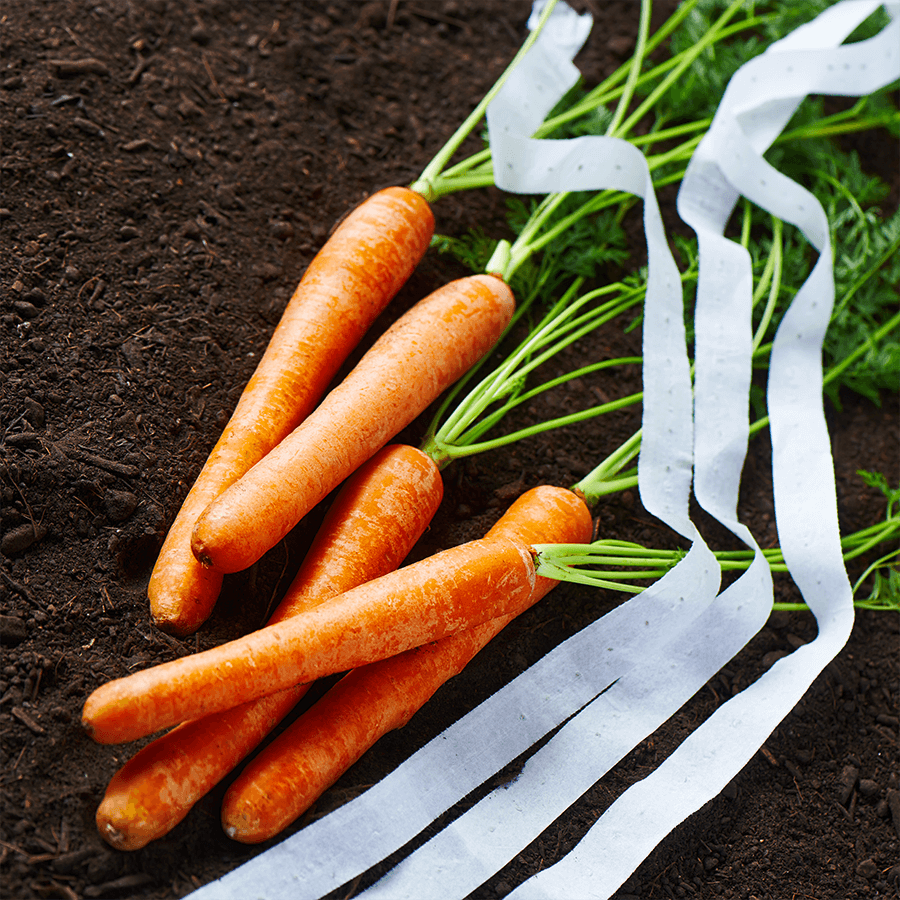
Mix some radish or dill seeds with the seeds of carrots, root parsley, parsnips and yellow beets. These sprout faster and mark the seed rows, which you may lose sight of during the long sprouting period of the root fruits (about 2-3 weeks). Choose the date for sowing according to your desired period for harvesting. The earlier you sow, the earlier you harvest. The following table gives you an overview of the right time to grow each vegetable and its development time from growing to harvesting.
| Vegetable species | Sowing | Development time |
| Carrots and yellow beets | March – July | 4-5 months |
| Root parsley | March – April | 6 months |
| Celery | Pre-grow: Mid March to April, planting outdoors: mid May | 5-6 months |
| Parsnips | End of February – May | 6-7 months |
| Skirret | May – June | Perennial, harvesting starting the 2nd year |
| Black Salsify | March – April | 8-10 months |
| Red beets | March – July | 3-4 months |
| Stubble Beet | June – August | 3-4 months |
| Radishes | Depending on the variety: April – August | Depending on the variety: 2-4 months |
Give the roots a little attention
Root vegetables don’t need much care – but there are a few important things you should keep in mind for success.
Water seeds and sprouted plants regularly. At the beginning the bed must not dry out, otherwise the small plants would die immediately. A little later it is sufficient to water every two to three days, as the plants can also get water from further down. If it is too dry, the roots will burst open.
2-3 weeks after sprouting you have to thin out the plants. Remove plants that are too close together, so that the others have enough space to form beautiful roots. Repeat this process a few weeks later if the plants are still too close together in the bed.
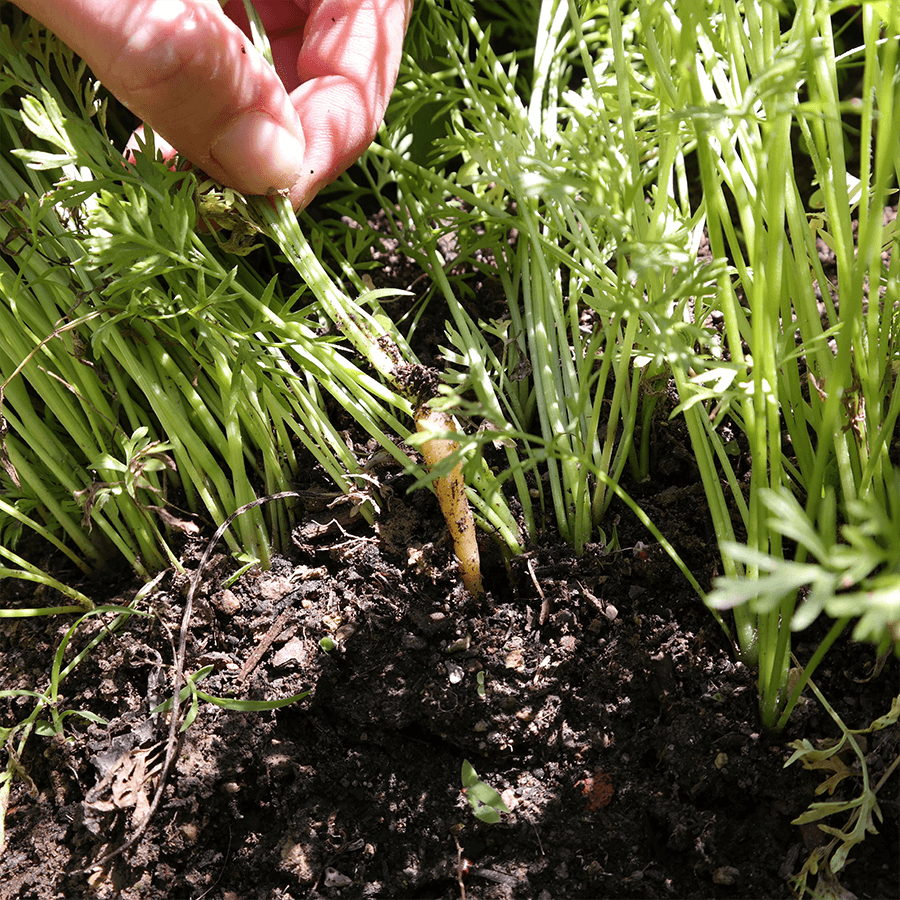
Most types of root vegetables are robust and healthy. Especially beetroot, black and sugar roots, parsnips and root parsley have hardly any predators that like to attack them – apart from the omnipresent snails.
Carrots and yellow beets are infested by the carrot fly. Its larvae eat long tunnels into the outside of the roots. A remedy is mixed cultivation with onions or leeks. Play it safe with an insect net that prevents the carrot fly from laying eggs.
Stubble beets and radishes are endangered. Both belong to the cabbage family and are therefore attacked by all kinds of cabbage pests, such as earth fleas, cabbage whiteflies, cabbage shoot weevils and some more. The only effective method of defense is lockout. To do this, stretch a fine-meshed insect net over the bed immediately after sowing.
Harvest as you please
The great thing about root vegetables: you don’t have any stress. While other vegetables ripen so quickly that you can barely keep up with the harvest, a few days up and down do not matter with root vegetables. On the contrary: under good conditions, the roots simply become longer and thicker.
Be careful with turnips and radish: they become woody or start to flower.
You can even harvest root vegetables all winter long. Protect it with some mulch and a warming fleece from too much frost. Harvest in winter on warm, sunny days when the soil is not frozen. Grow root vegetables that you want to harvest in winter from June/July onwards – then you can use the bed for other plants before that.
Use gloves when harvesting black salsify – because it stains strongly! Attention: Black salsifies break easily.
Sugar roots are perennial plants. Harvest them only starting the 2nd year onwards, as by then they have already developed many thick lateral roots.
-
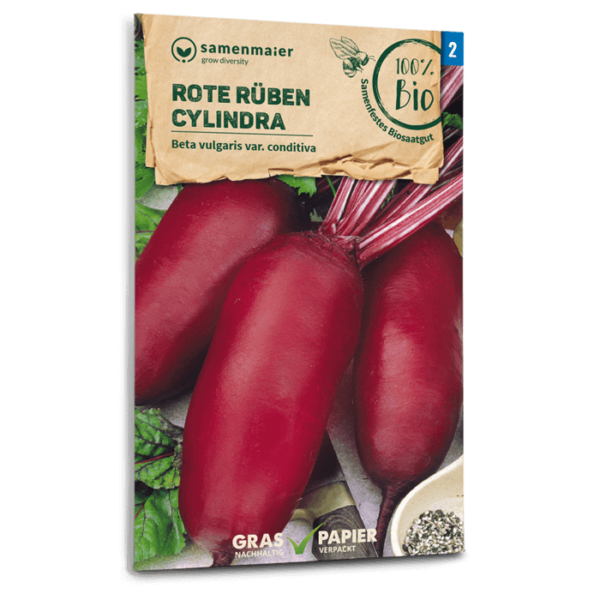 Organic red beets Cylindra€ 2.99
Organic red beets Cylindra€ 2.99incl. 13% VAT
Keine Versandkosten ab € 20 Warenkorb
-
 Organic celery root Monarch€ 2.99
Organic celery root Monarch€ 2.99incl. 13% VAT
Keine Versandkosten ab € 20 Warenkorb
-
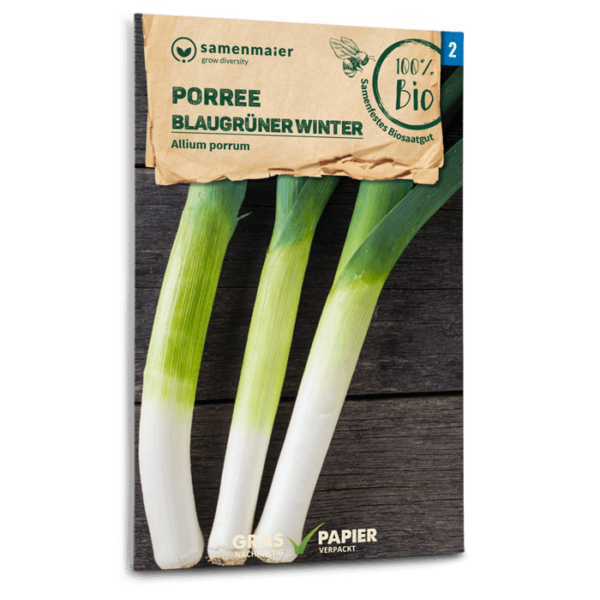 Organic Leek bluegreen winter€ 2.99
Organic Leek bluegreen winter€ 2.99incl. 13% VAT
Keine Versandkosten ab € 20 Warenkorb
-
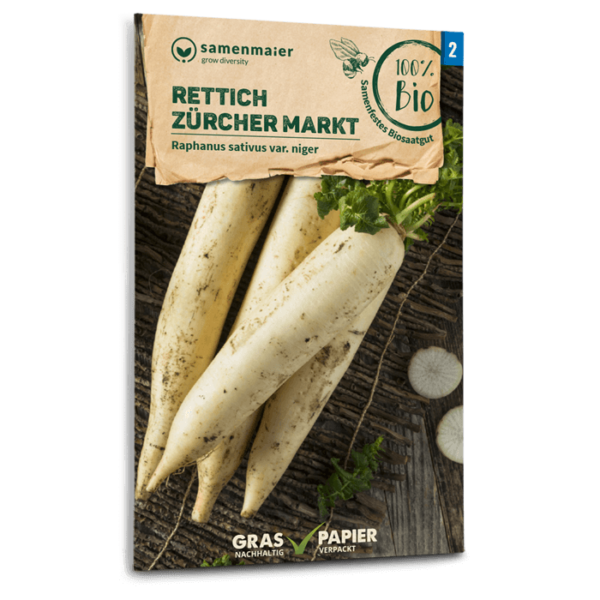 Organic Radish Zurich Market€ 2.99
Organic Radish Zurich Market€ 2.99incl. 13% VAT
Keine Versandkosten ab € 20 Warenkorb
-
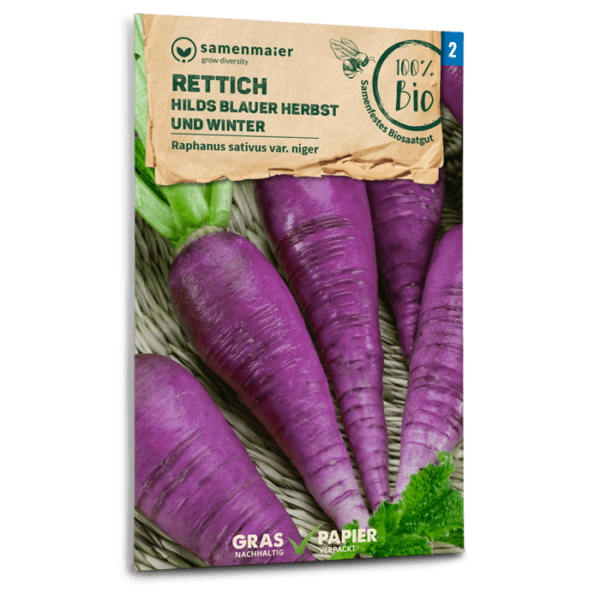 Organic Radish Blue Autumn and Winter€ 2.99
Organic Radish Blue Autumn and Winter€ 2.99incl. 13% VAT
Keine Versandkosten ab € 20 Warenkorb
-
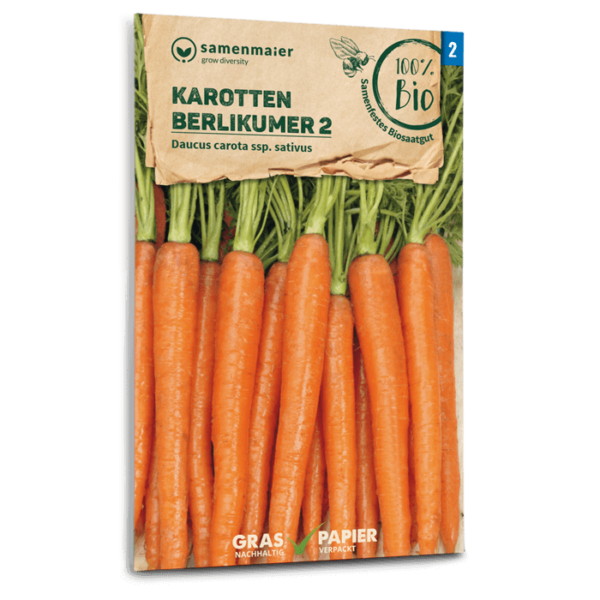 Organic Carrots Long Red Stump without Heart 2€ 2.99
Organic Carrots Long Red Stump without Heart 2€ 2.99incl. 13% VAT
Keine Versandkosten ab € 20 Warenkorb
-
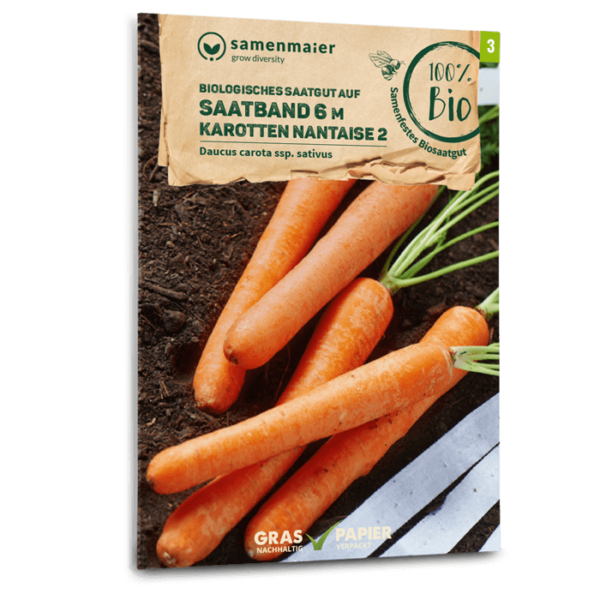 Organic Seed Tape Carrots ‘Nantaise 2’€ 3.99
Organic Seed Tape Carrots ‘Nantaise 2’€ 3.99incl. 13% VAT
Keine Versandkosten ab € 20 Warenkorb
-
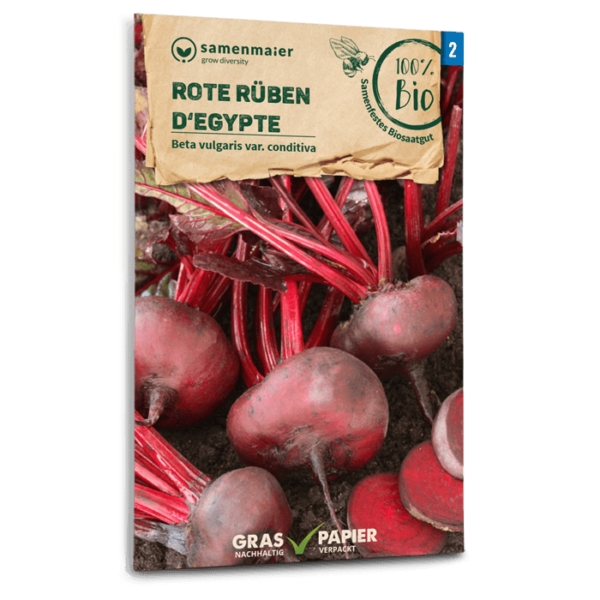 Organic Red Beets Ägyptische Plattrunde€ 2.99
Organic Red Beets Ägyptische Plattrunde€ 2.99incl. 13% VAT
Keine Versandkosten ab € 20 Warenkorb
-
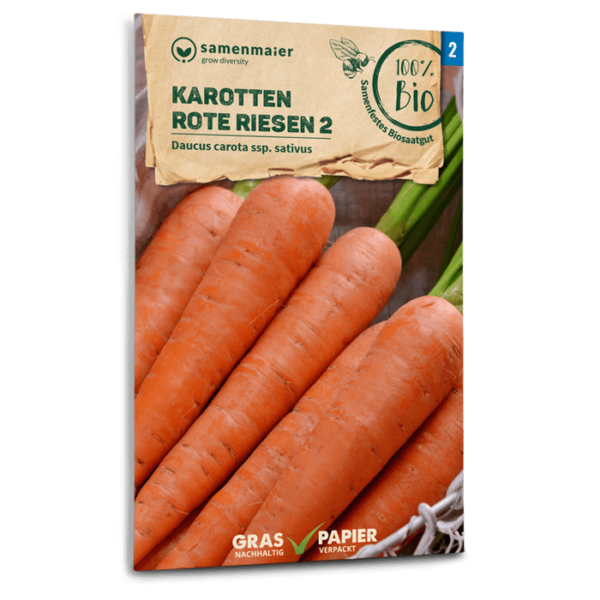 Organic Carrots Rote Riesen 2€ 2.99
Organic Carrots Rote Riesen 2€ 2.99incl. 13% VAT
Keine Versandkosten ab € 20 Warenkorb
-
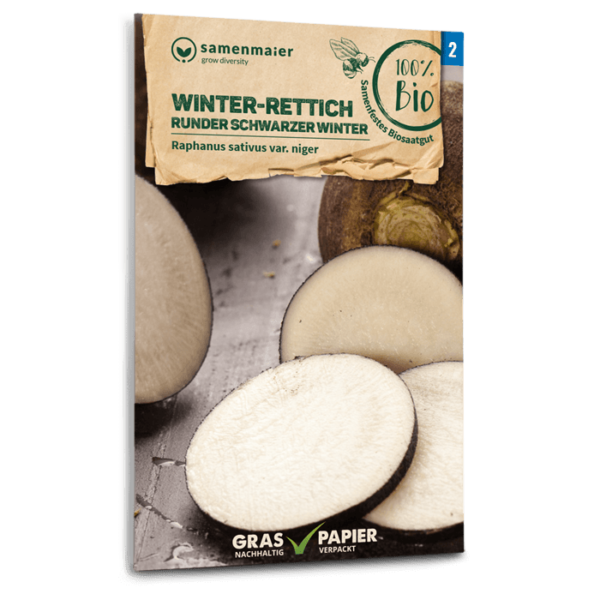 Organic Winter Radish Round black winter€ 2.99
Organic Winter Radish Round black winter€ 2.99incl. 13% VAT
Keine Versandkosten ab € 20 Warenkorb
-
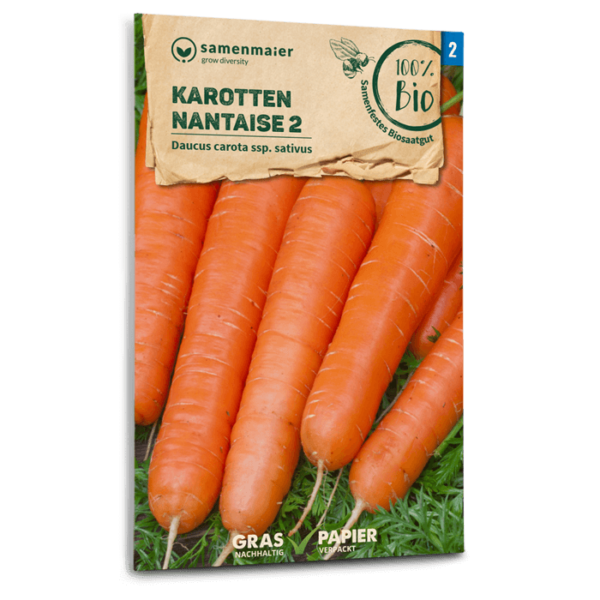 Organic Carrots Nantaise 2€ 2.99
Organic Carrots Nantaise 2€ 2.99incl. 13% VAT
Keine Versandkosten ab € 20 Warenkorb
All other roots like carrots, root parsley, parsnips etc. you just pull out one by one – the thicker ones first, then the other roots have room to grow a bit more.
With good soil, some time for growing and regular watering, you can successfully harvest many different, delicious roots – for vitamin-rich and warming dishes in autumn and winter.
Article: DI Doris Kampas
Photo credits: bio-garten

